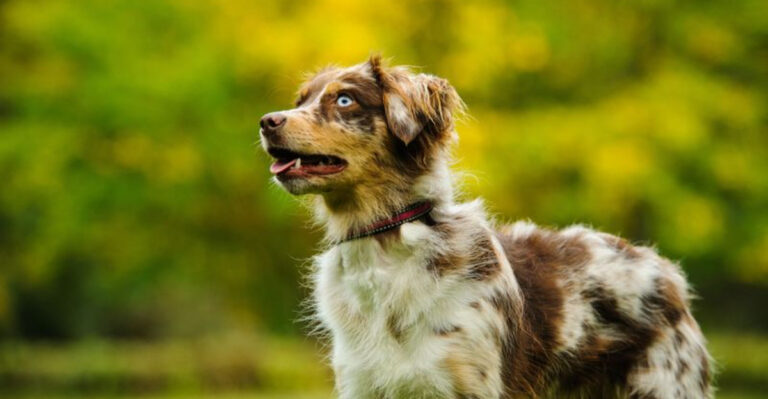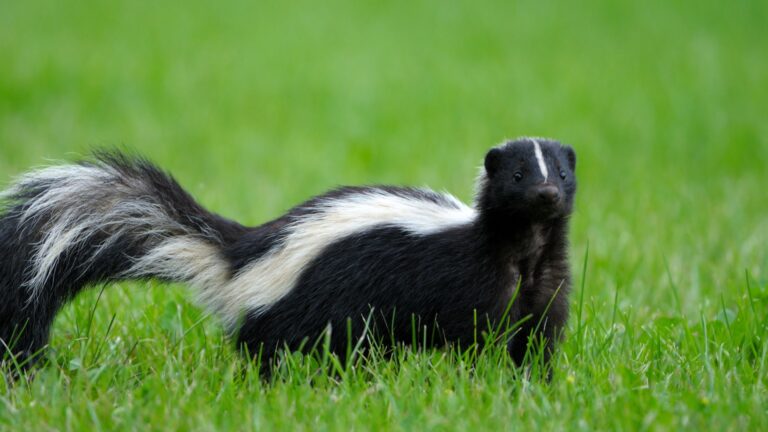10 Hidden Spots Where Birds Love To Visit Your Feeders
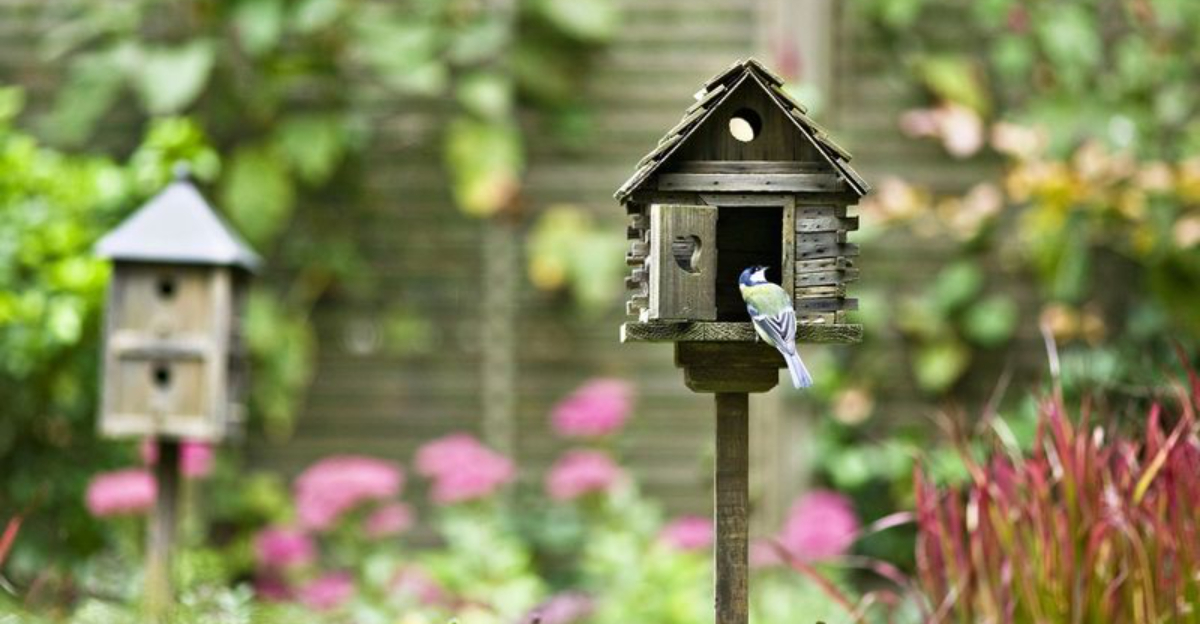
Ever wondered why some bird feeders buzz with activity while others remain eerily quiet? The secret lies not just in what you feed birds, but where you place their dining spots.
Birds have specific preferences for feeder locations that make them feel safe and comfortable. Discover these strategic spots that will transform your backyard into a bird-watching paradise!
1. Near Dense Shrubs Or Trees
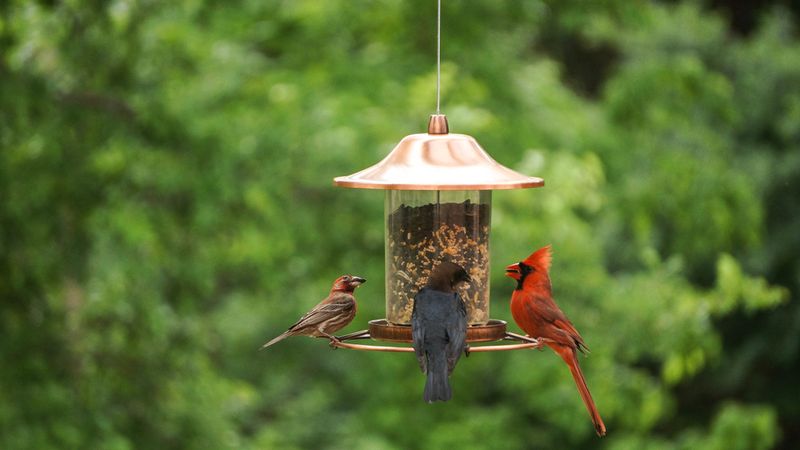
Birds value quick escape routes when predators approach. Positioning feeders about 10-15 feet from dense foliage creates an ideal setup – close enough for safety but far enough to spot approaching cats or hawks.
This natural shelter mimics their wild feeding patterns where they rarely feed in completely exposed areas. Your feathered visitors will appreciate this thoughtful arrangement!
2. On Elevated Surfaces
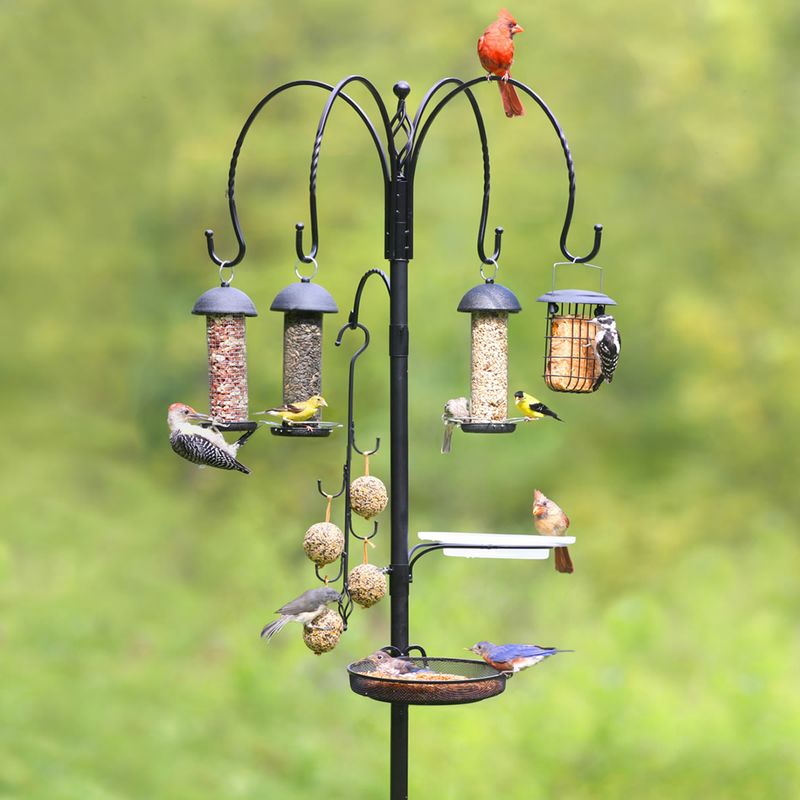
Feathered visitors feel vulnerable when feeding at ground level. A feeder mounted on a pole, suspended from a branch, or attached to a second-story window gives birds the height advantage they instinctively seek.
From these lofty dining spots, they can spot approaching danger while enjoying their meal. The higher placement also reduces interference from ground-dwelling creatures like squirrels.
3. In Quiet, Secluded Corners Of The Garden
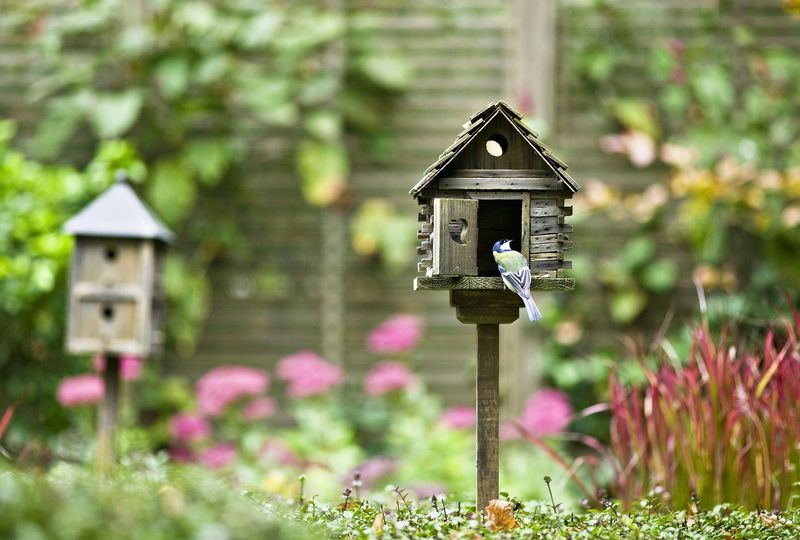
Shy species like mourning doves and certain warblers avoid human hustle and bustle. That forgotten corner behind your garage or beside the shed? Perfect bird restaurant location!
The reduced foot traffic and ambient noise create a peaceful dining atmosphere birds crave. Many birdwatchers report seeing rare species only in these tucked-away spots that offer both food and tranquility.
4. By Water Sources
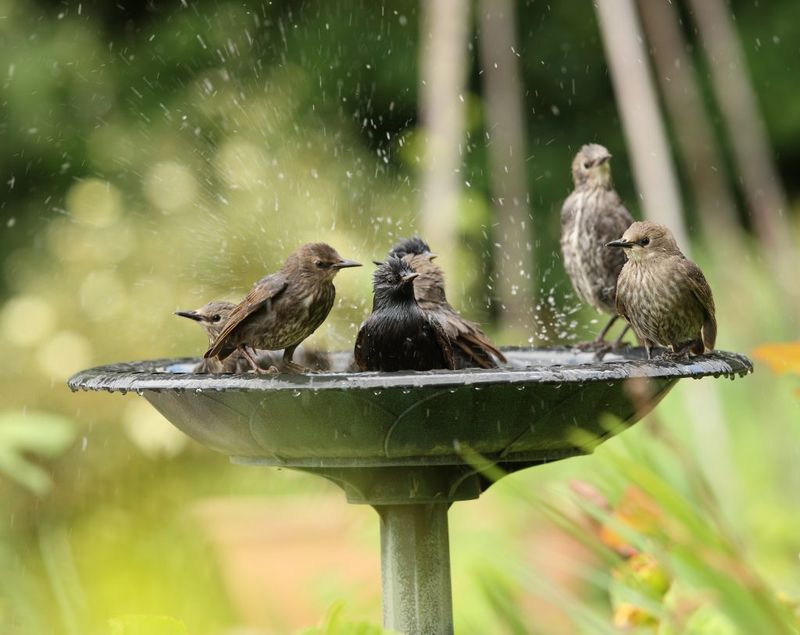
A strategic feeder placement near your birdbath creates a one-stop bird haven. Birds expend significant energy finding both food and water sources, so offering both together is incredibly attractive.
The gentle splashing sounds of water act as a natural bird magnet. Morning and evening hours transform these dual-resource spots into social hubs where different species gather, creating spectacular birdwatching opportunities.
5. Under Overhanging Roofs Or Eaves
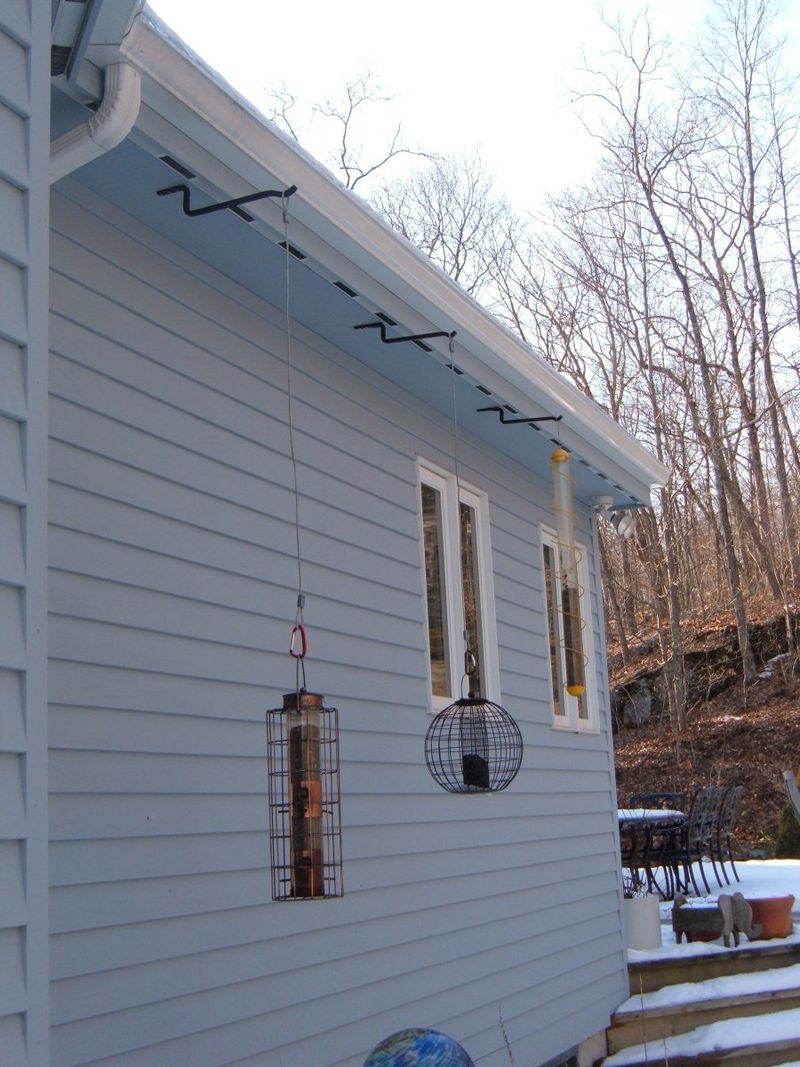
Rain-soaked seed quickly molds and can harm your feathered friends. Tucking feeders under eaves provides much-needed shelter during downpours while still allowing birds easy access.
This covered position keeps seed dry and extends its freshness. The overhead protection also allows feeding during light rain, when birds are particularly hungry as insect activity decreases in wet weather.
6. Near Flowering Plants Or Fruit Trees
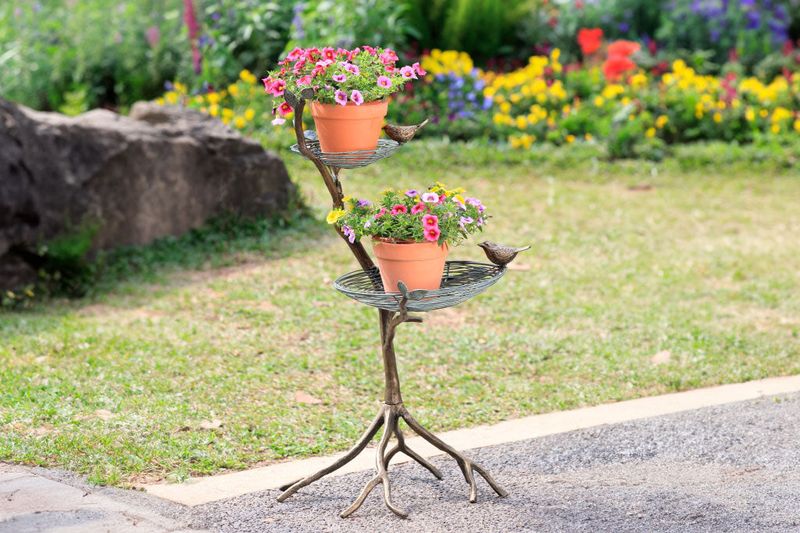
Hummingbirds dart between nectar feeders and flowering plants, while finches alternate between seed heads and your feeder offerings. Natural food sources and feeders create a complementary buffet birds can’t resist.
The familiar landscape of flowers or fruit trees signals to passing birds that this area is food-rich. Many species initially attracted to natural food sources will discover and regularly visit your nearby feeders.
7. In Shade Or Partial Sun

Scorching sun degrades seed quality and makes metal feeders too hot to perch on. Dappled light under a tree canopy creates the perfect microclimate for comfortable feeding throughout summer days.
Morning sun with afternoon shade offers an ideal balance – enough warmth to keep seed dry but not excessively hot. This thoughtful placement also provides UV protection for delicate species during peak daylight hours.
8. Along Fences Or Trellises
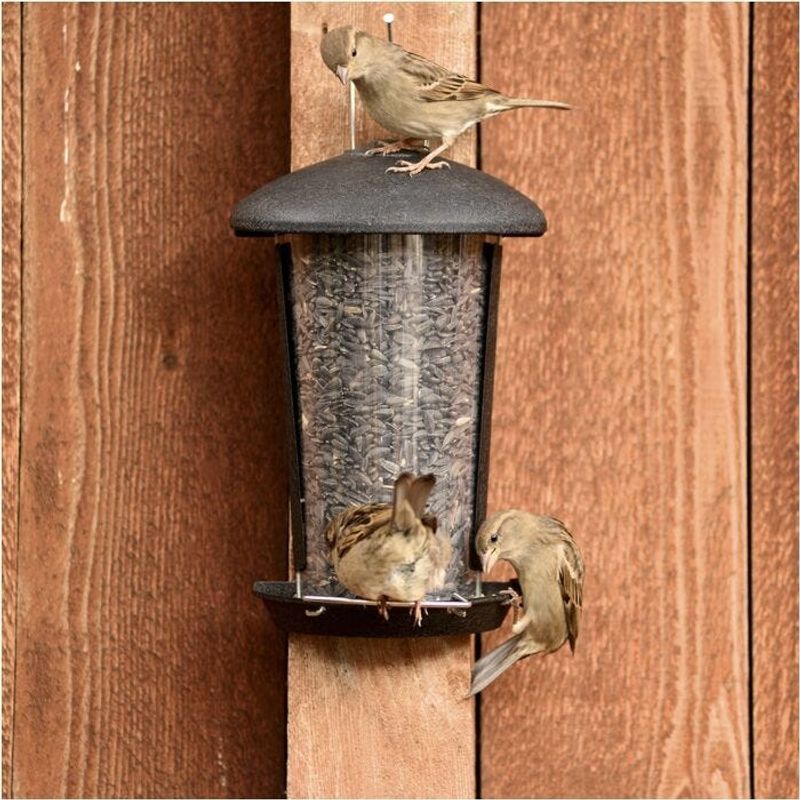
Fences serve as natural highways in the bird world. These linear structures provide convenient perches where birds can rest, socialize, and scan for danger before approaching feeders.
A feeder mounted on or near a fence becomes an extension of this familiar pathway. The surrounding climbing plants on trellises offer additional protection, creating a sheltered corridor that makes even cautious species feel secure.
9. At The Edge Of A Woodline
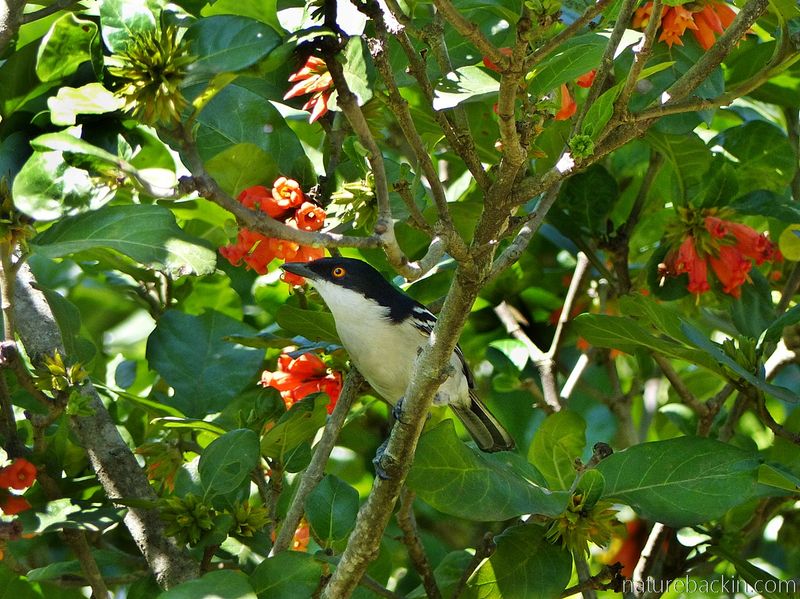
Forest margins represent nature’s buffet tables where different ecosystems meet. Birds instinctively forage along these transitional zones where food variety is greatest.
Positioning feeders where your yard meets wooded areas mimics this natural pattern. Woodland birds venture out from tree cover while open-area species approach from the opposite direction, dramatically increasing the diversity of visitors to your feeding station.
10. In Small, Quiet Courtyards Or Patios
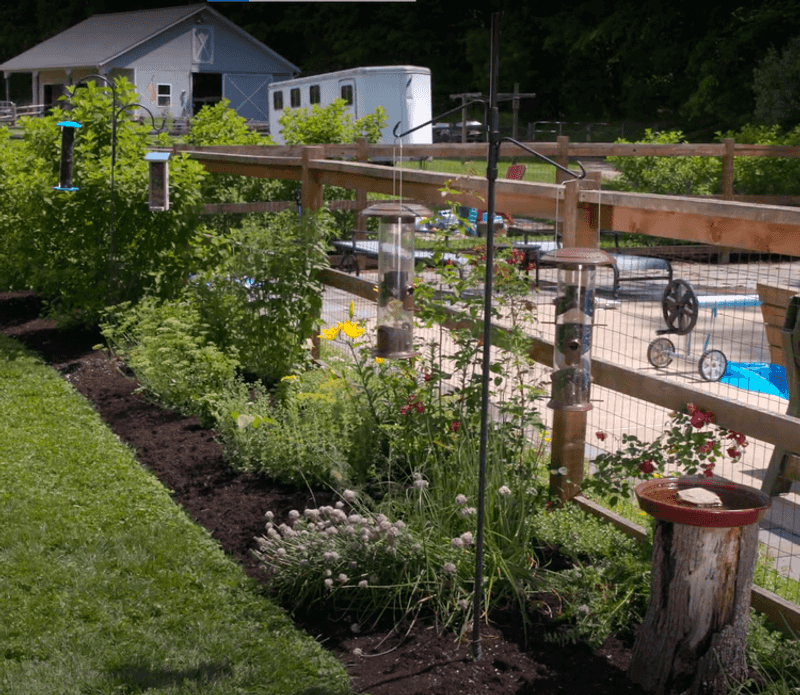
Enclosed outdoor spaces create microenvironments birds find irresistible. The surrounding walls offer protection from wind and predators while creating acoustic spaces where birds can hear approaching danger.
These intimate settings allow for closer observation as birds feel secure in the defined space. Urban dwellers often discover that small courtyard feeders attract surprising species diversity despite limited surrounding vegetation.


